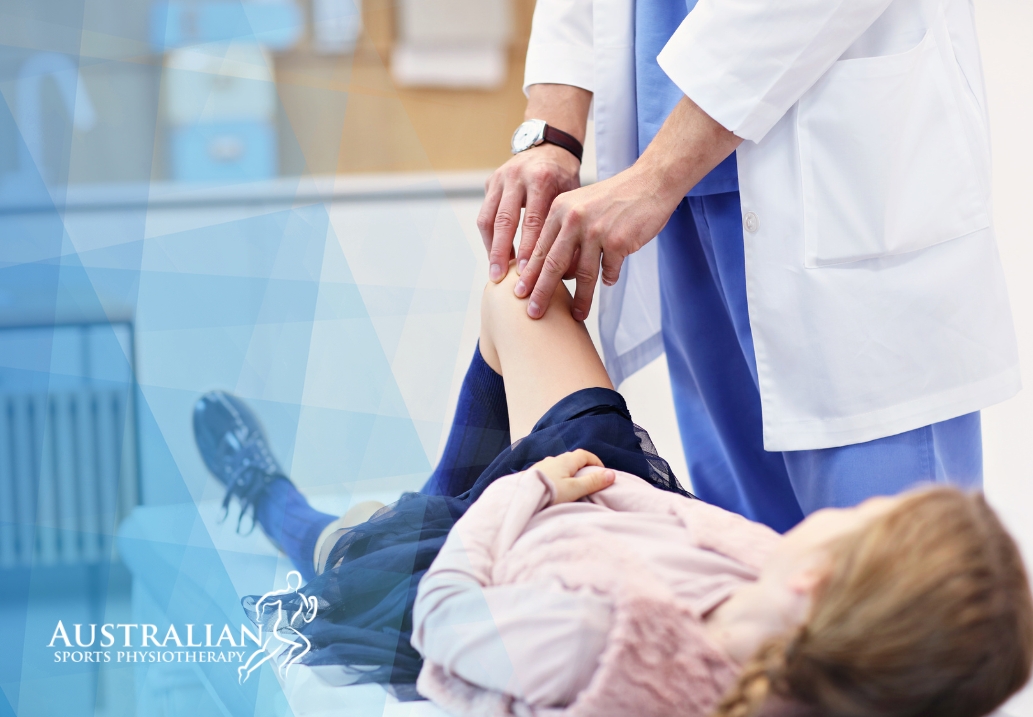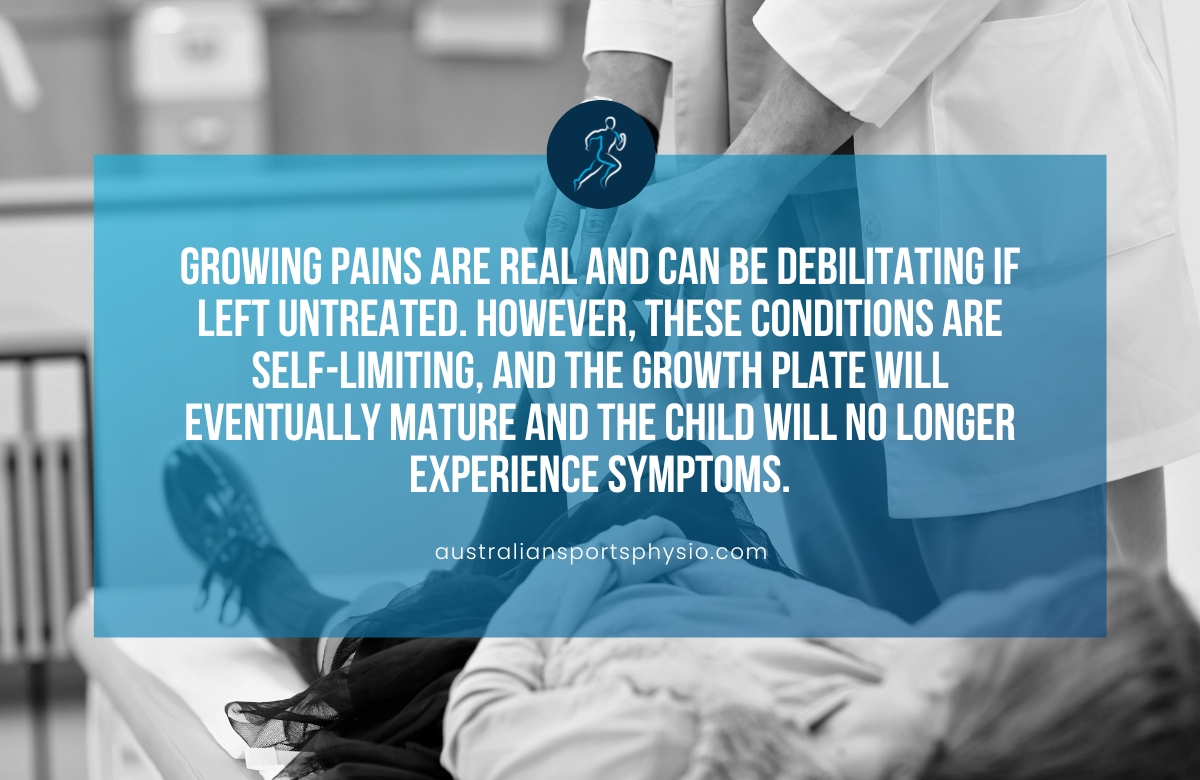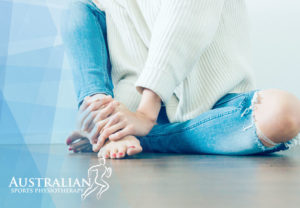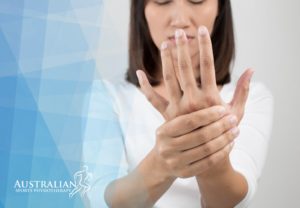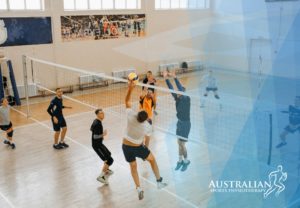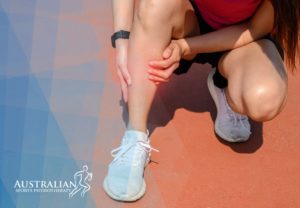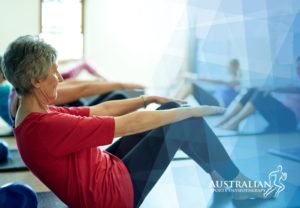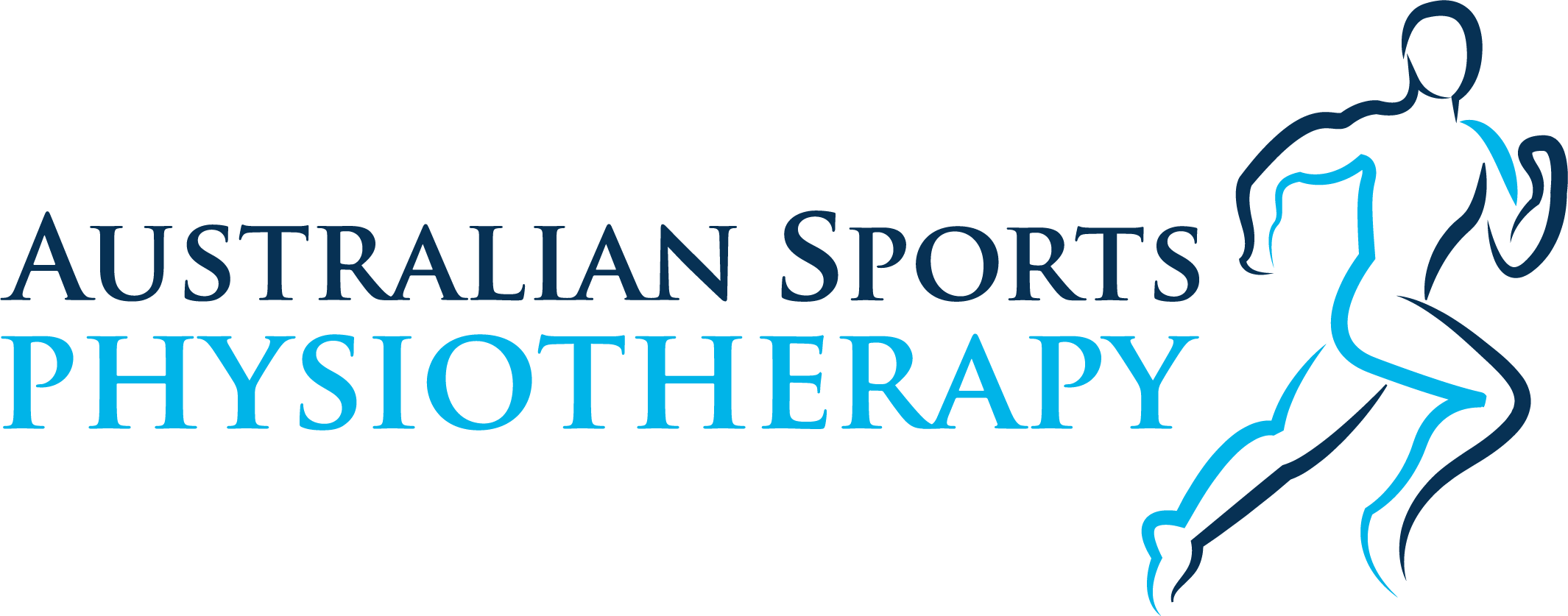As active teens continue to grow and develop, they may experience growing pains that can hinder their physical activities. Parents and healthcare providers need to understand effective physiotherapy approaches for managing and treating these pains to keep teens active and healthy.
Growing pains are a common occurrence in children and teens, often occurring during periods of rapid growth. While they are usually harmless and temporary, they can be uncomfortable and disruptive to daily activities. Physiotherapy can help alleviate these pains and prevent them from impacting a teen’s active lifestyle.
By understanding physiotherapy approaches and incorporating them into a teen’s routine, parents and healthcare providers can help ensure that teens can continue to engage in physical activities without being held back by growing pains.
What are growing pains?
When the body experiences a growth spurt, the bones extend at a fast rate. The rate at which muscles may lengthen is slower, resulting in muscles that are shorter than their bones. These tight muscles pull on the growth plates, resulting in growing pains.
The growth plates, also known as physis, are active sites of fresh bone formation near the bone’s ends. They are formed of cartilage, which is a rubbery, flexible material. When children are finished growing, their growth plates harden into solid bone.
Growing pains are real and can be really painful if left untreated. However, these conditions are self-limiting, and the growth plate will eventually mature and the child will no longer experience symptoms.
Common symptoms of growing pains in teens
- Muscle pain that wakes your child up at night.
- Growing pains typically occur late in the day or at night.
- Pain intensity is typically mild to moderate, and can intensity without activity modification.
- The pain associated with developing pains might endure from a few minutes to several hours.
- Variable frequency – certain children endure pain every night, some only once a week, and some only on occasion.
- Growing pains are most commonly felt in the knee and ankle joint, as well as through the thigh and calf muscles.
- Growing pains typically affect both limbs at the same time.
- Growing pains do not cause the joints to appear different.
- Most children are pain-free in the morning.
- Growth pain may also be a source of restlessness.
- Pain can also cause decreased function and aching or burning after strenuous activities.
- The muscles are affected by growing pains; joint pain would indicate that the problem is not related to growing pains.
At what age should growing pains stop?
There’s no exact age when growing pains stop, but they typically ease up by mid-adolescence, around ages 12 to 14. Some children experience them on and off for years, but they usually resolve completely by the late teens.
Physiotherapy treatments for growing pains in active teens
Physiotherapy can be very effective in managing growing pains in active teenagers. Here are some of the treatments a physiotherapist may use:
1. Manual therapy
This includes techniques like massage, soft tissue work, and joint mobilisation to improve flexibility and reduce muscle tension around the painful areas.
2. Strengthening exercises
These exercises help to strengthen the muscles around the joints, which can help to support the growing bones and reduce pain.
3. Self Massage
Stretching an inflamed tendon is sometimes more painful. We tend to teach self massage with a foam roller instead of stretching exercises.
4. Heat or ice therapy
Physiotherapists may use heat or ice therapy to help reduce pain and inflammation.
5. Education
A physiotherapist will also educate you and your teenager about growing pains and how to manage them at home. This may include advice on activity modification and rest.
Other at-home treatments for growing pains include:
- Gently massaging the painful areas.
- Putting a heating pad over the painful area.
- Giving your child a warm bath before bedtime or a hot water bottle to take to bed.
Most growth pains dissipate within a few days to weeks after appropriate treatment. However, untreated growing pains might last much longer.

Final thoughts
Whether your active teen is experiencing growing pains or you’re looking to prevent them altogether, incorporating physiotherapy into their routine can make a huge difference.
By addressing any muscular imbalances, improving flexibility, and enhancing overall movement patterns, physiotherapy can help alleviate pain and keep your teen at the top of their game.
So, if your teen is experiencing growing pains, don’t hesitate to seek help from one of our qualified physiotherapists. With the right treatment plan, your teen can get back to enjoying their favourite activities pain-free.
